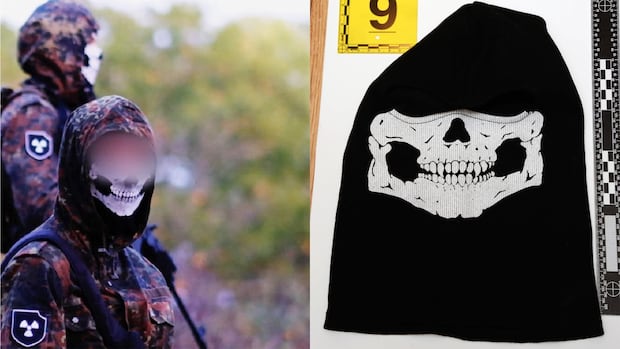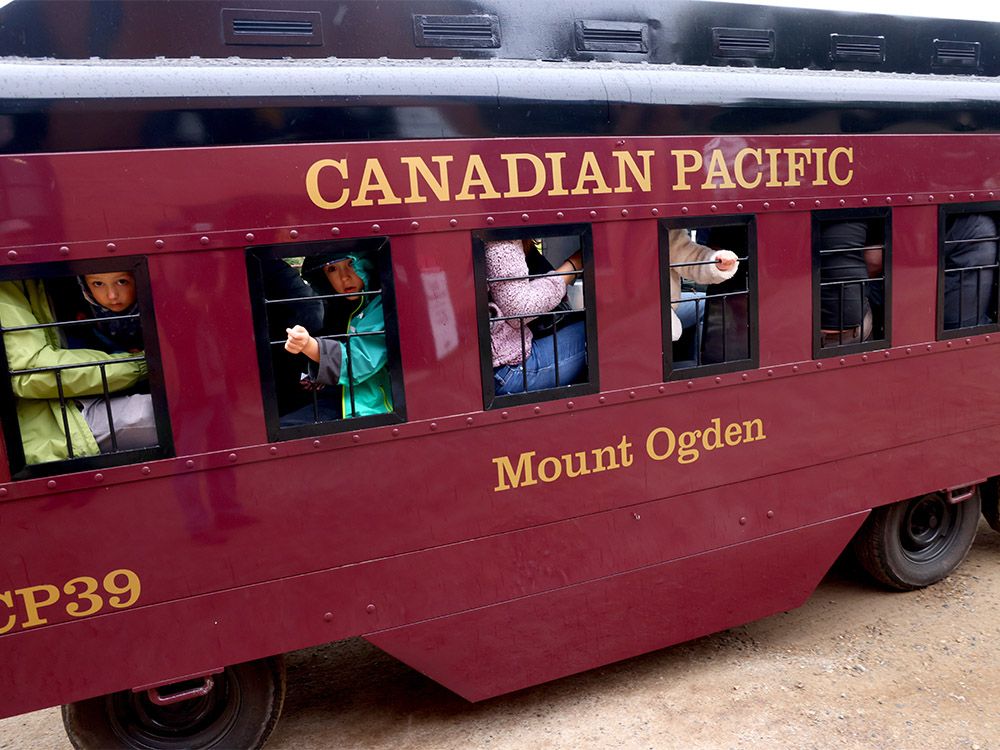Canadian military buying armed drones for $2.49B

After more than two decades of debate, discussion and policy dissection, Canada’s air force finally has the green light to acquire armed drones.
A fleet of 11 MQ-9B Reaper drones, built by U.S. defence contractor General Atomics, will be purchased in a $2.49 billion package, Liberal MPs announced Tuesday on behalf of Defence Minister Bill Blair.
As CBC News reported in October, delivery of the remotely piloted aircraft won’t take place until 2028 and the air force doesn’t expect to have the full fleet up and running until 2033.
Unlike other recent purchases for the air force, this project was announced outside of Ottawa in a low-key manner.
The announcement came after Parliament adjourned for the holiday season and on the same day the Liberal government delivered more information about its high-profile electric vehicle program.
The Reapers will be delivered through a direct contract with the U.S. manufacturer, with some components — such as weapons and other technology — purchased under the framework of U.S. foreign military sales.
The drone program has followed a long and winding path through the federal bureaucracy.
The fact that Canada had chosen the MQ-9 slipped out back in the fall, when it was revealed that the U.S. had approved the sale of equipment related to the Reaper, including Hellfire missiles.
Drones were first proposed in the early 2000s and Canada came close to buying an earlier version of the Reaper (the Predator) under the former Conservative government. The program made its way into the 2017 Liberal defence policy, but has been the subject of internal review.
Two companies bid on the contract but one dropped out, leaving only General Atomics.
The federal government originally planned to acquire the MQ-9B Reaper fleet by by 2025.
As CBC News reported a few weeks ago, delivery and deployment have been delayed by uncertainty about how the MQ-9 Reapers will perform in the Arctic. Although the drones have proved themselves in other difficult climates, the Department of National Defence says they’ll need to be modified to withstand the harsh Arctic environment and to include Canadian-made electronic surveillance equipment.
The contract involves the delivery of both the drones and six ground stations. The main ground control centre, which houses the aircraft cockpits, will be situated in Ottawa.
The aircraft themselves will be stationed at the military airbases in Greenwood, Nova Scotia and Comox, B.C. Their purchase will require the construction of new hangars.
“The Government of Canada is committed to providing the Canadian Armed Forces with the equipment they need to keep Canadians safe,” Blair said in a statement.
“This agreement to acquire the Remotely Piloted Aircraft System will expand Canada’s ability to modernize its military force, contribute to joint intelligence, surveillance and reconnaissance operations with its allies, and create good jobs in the aerospace and defence sector.”
Background material, released as part of the announcement, says General Atomics has agreed to deliver economic benefit commitments to Canada as part of the acquisition — investments that have the potential to generate close to 700 jobs annually.
In a year-end interview with CBC News, conducted prior to Tuesday’s announcement, the military’s operations commander Vice-Admiral Bob Auchterlonie said the acquisition of drones is crucial, especially for overseas missions such as the deployment of a Canadian brigade in Latvia.
Auchterlonie said that as the operations commander, he “would rather have capability now than than later on.” He said he understood the challenges the air force faces as it introduces multiple new fleets of aircraft, such as the F-35 fighters, the P-8 Poseidon surveillance plane and new air-to-air refuelling planes.
The U.S., the U.K., Italy, France and Spain have all acquired the MQ-9 Reaper, but the amount of time Canada’s version will spend in the Far North is a matter of concern.
The need to operate at high northern latitudes and the Arctic requires the use of satellites, aircraft antennas and communication components not previously integrated into the MQ-9B, the defence department has said.
The manufacturer insists the aircraft has proved itself in the High Arctic.
In an online promotional pitch, General Atomics said the MQ-9B “operates well in cold weather conditions” and the airframe has a state-of-the-art anti-ice/de-icing system. In September 2021, the company conducted a demonstration flight to the 78th parallel in Canada’s Far North.




